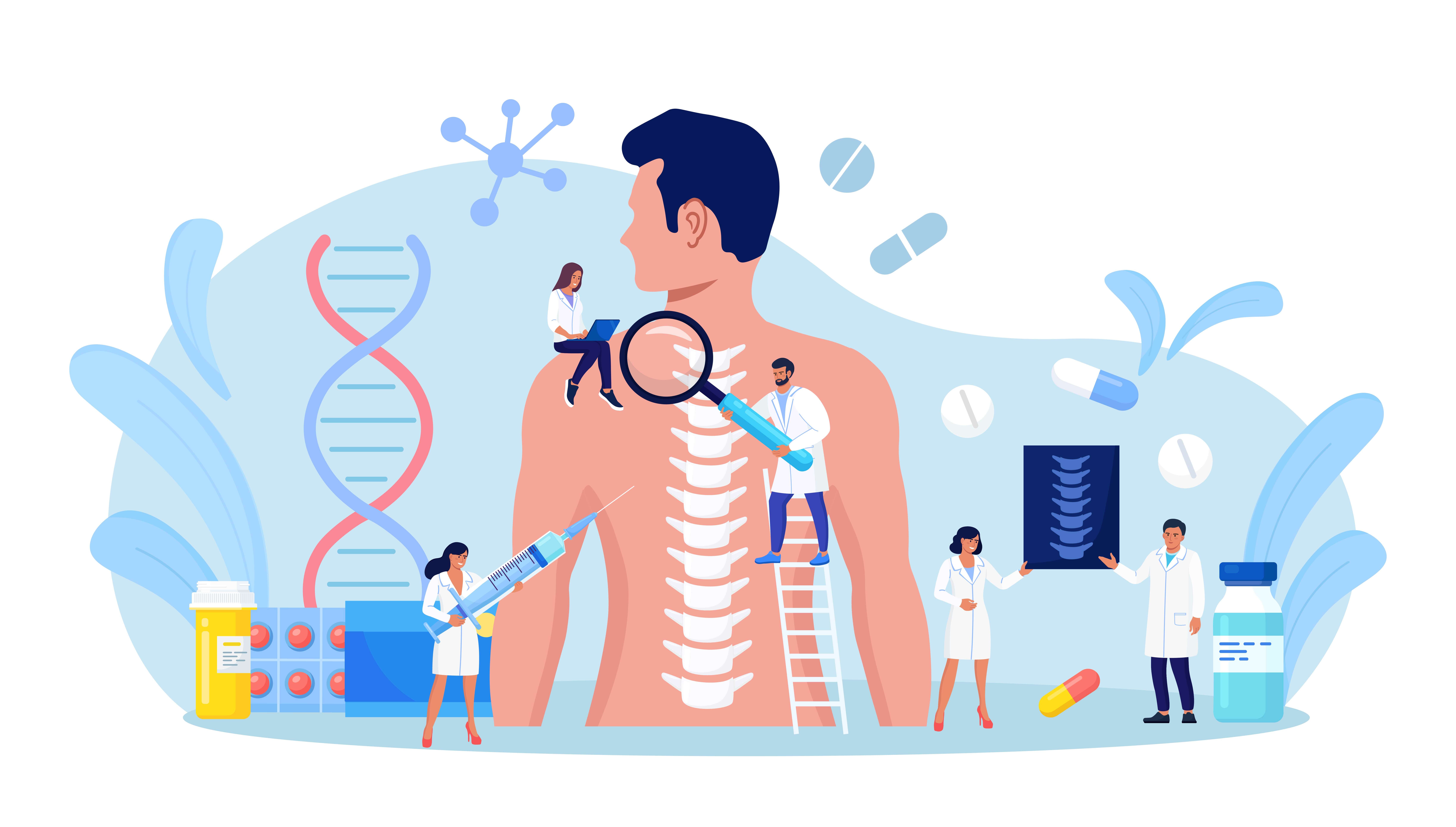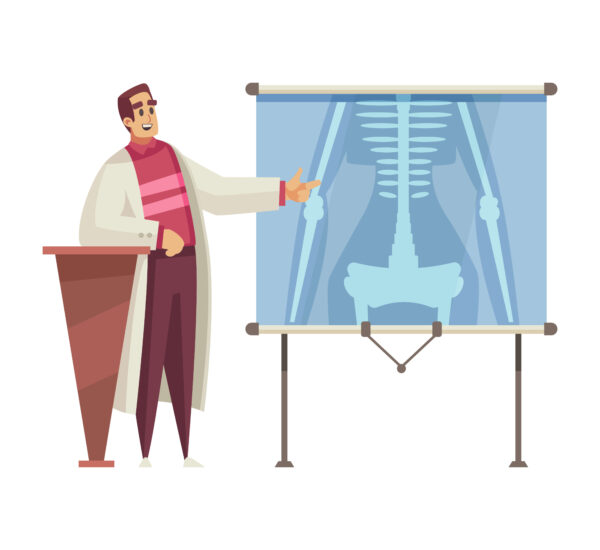As we grow older, it is common to experience the slow deterioration of health. That includes the bone health, which results in the development of osteoporosis. Fortunately, with continuous research and medical advancements, health experts have created effective osteoporosis prevention techniques to manage such type of bone disorder.
Whether you are a current patient or someone who just reached adulthood, it is a must to be well aware of your bone health. By starting early intervention, patients have a higher chance of moving without limitations from pain. Thus, the importance of this blog to every patient with weak and brittle bones.
The Role of Bones in Our Body

Bones are made up of a combination of collagen and calcium phosphate, which makes them strong and flexible. They act as a reservoir for minerals like calcium, which is essential for various bodily functions. Additionally, bones are responsible for producing red and white blood cells, influencing hormone regulation, and supporting our body’s structure.
Unfortunately, with the development of this illness, the bones become weak, which affects its density, This leads to decreased bone density and increased bone fragility.
Risk Factors for Osteoporosis
With the effect of osteoporosis to a patient’s health, it is a must to be aware of the common risks. These risks may include several factors that increase your risk of developing this bone disorder
Here are some of them:
Age
This first item is a significant risk factor for osteoporosis. As we get older, our bodies naturally start to lose bone mass. This is because the rate at which our bodies break down old bone cells exceeds the rate at which new bone cells are formed. With this imbalance, it can lead to a decrease in bone density over time, making our bones weaker and more susceptible to fractures.
Family History
Meanwhile, having a family history of osteoporosis can also increase your risk of developing the condition. One of the related factors is genetics, which play a role in determining your bone health. If your parents or siblings have osteoporosis, you may be more likely to develop it as well.
Gender
Another common factor is the patient’s gender. It is common for females to develop osteoporosis. Women tend to have smaller and thinner bones than men, and the hormonal changes that occur during menopause can further accelerate bone loss. Thus, leading to a higher risk of osteoporosis in women.
Body Type
On the other hand, having a small body frame can also increase your risk of developing osteoporosis. People with smaller frames generally have less bone mass to begin with, making them more susceptible to bone loss. In connection to that, individuals with a low body weight may have less muscle mass, which can further contribute to bone loss and fragility.
Lifestyle Choices
Lastly, one of the prevalent reasons that leads to the development of osteoporosis is lifestyle. Patients tend to overlook this aspect, thinking their normal day-to-day activities won’t have an impact to their health. Unfortunately, it might take a toll on the patient’s bone health.
Some of the known lifestyle choices may result in osteoporosis:
- smoking
- lack of exercise
- poor diet
- consuming too much alcohol
The Importance of Osteoporosis Prevention

Learning about the potential risks that can affect the bone health is one thing, and knowing when to put an action is another ideal choice. That’s why knowing osteoporosis prevention tactics is vital to every patient’s welfare. Through this vital knowledge, patients can be more proactive about their health and prevent possible progression that may affect bone health.
The Impact of Bone Health on Overall Well-being
Healthy bones are not just about preventing fractures; they also play a significant role in our overall well-being. They support our muscles and joints, reducing the risk of injuries. Strong bones also contribute to good balance and mobility, ensuring that we can remain active and independent as we age.
The Consequences of Neglecting Bone Health
On the other hand, neglecting bone health can have severe consequences. Osteoporosis can lead to painful fractures, particularly in the spine, hip, and wrists. These fractures can significantly impact quality of life, leading to chronic pain, disability, and even a loss of independence.
Strategies for Building Bone Strength

Fortunately, there are numerous strategies that can help build and maintain bone strength, reducing the risk of osteoporosis. These strategies combine various approaches, including nutrition, physical activities, and medicinal interventions. Let’s check them below!
Nutritional Approaches for Osteoporosis Prevention
Proper nutrition plays a crucial role in maintaining healthy bones. Suitable changes in diet can occur such as consuming foods needed for bone health. That’s because calcium and vitamin D are the building blocks of bone health.
Physical Activities for Osteoporosis Prevention
Meanwhile, engaging in weight-bearing exercises is essential for building bone strength. Activities like walking, jogging, dancing, and resistance training help stimulate bone remodeling and increase bone density. It is important to find activities that you enjoy and can incorporate into your routine for long-term adherence.
Medicinal Interventions for Osteoporosis Prevention
In some cases, medicinal interventions may be recommended to promote bone strength. These include calcium and vitamin D supplements, as well as medications that increase bone density. However, it is crucial to consult with a health expert before starting any medication to ensure safety and proper guidance.
Lifestyle Changes for Osteoporosis Prevention
Maintaining a healthy lifestyle is essential for preserving bone health. This includes avoiding smoking, limiting alcohol consumption, and maintaining a healthy body weight. Incorporating weight-bearing exercises and flexibility exercises into your routine can help maintain bone strength and flexibility.
Regular Health Check-ups and Bone Density Tests
Regular health check-ups, including bone density tests, are essential for monitoring and managing bone health. These tests, such as dual-energy X-ray absorptiometry (DXA), measure bone density and help identify any changes or potential risks. Based on the results, healthcare professionals can provide personalized recommendations for maintaining or improving bone health.
Ongoing Medicinal Treatments and Supplements
In some cases, ongoing medicinal treatments or supplements may be necessary to maintain bone strength. These may include medications to prevent bone loss or promote bone formation, as well as supplements to ensure adequate calcium and vitamin D intake. It is important to follow healthcare professional guidance and regularly review the effectiveness of these interventions.
Conclusion
Osteoporosis prevention requires a multi-faceted approach that focuses on building and maintaining bone strength. Optimal bone health can be achieved through a combination of effective tactics, and if necessary, medicinal interventions should occur.
Implement these strategies to reduce the risk of osteoporosis and maintain strong and healthy bones for a lifetime. Begin by trusting a health expert for a scheduled consultation. Book an online consultation with a rheumatologist today!



